Two years ago the largest academic strike in US history took place. It involved tens of thousands of academics across the University of California (UC) system’s 10 campuses and one national lab. Backed up by an automotive union, the strike resulted in new five-year contracts that included pay rises of 20–23% and annual pay increases of at least 3.5% for postdocs, as well as salary increases of about 29% for typical academic researchers over their contracts. This victory, which also delivered protections against abuse and bullying, as well as improved paid parental and family leave, emboldened academics at other universities across the country to mobilise and fight for similar gains. This massive movement is still gaining momentum in the US, as postdocs at the University of Washington have been protesting this month for better contracts and Caltech postdocs and graduate students just secured better pay and conditions.
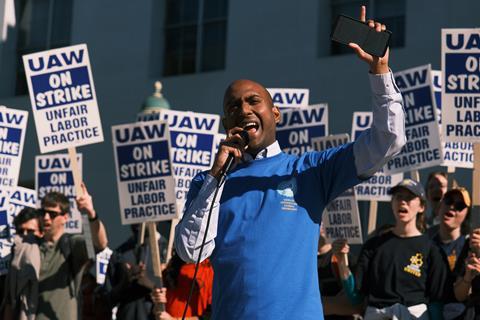
What is the UAW?
The United Auto Workers (UAW) is an American labour union founded 90 years ago. It won a major dispute with General Motors in the 1930s with a famous sit-down strike in Flint, Michigan. The public and financial pressure prompted the company to negotiate and agree to a $25 million package to increase wages for its workers. It also recognised UAW as the only bargaining agent for its plants, which set a precedent for labour standards and collective action by workers in the US. After this very public success, UAW membership grew from 30,000 members in October 1936 to 400,000 a year later.
How did university workers get involved?
Since the US National Labor Relations Board (NLRB) recognised higher education employees as workers more than eight years ago, tens of thousands of them have joined the UAW. In August 2016, the NLRB concluded that graduate students working as teaching or research assistants at private universities are employees and therefore entitled to collective bargaining.
The UC system recognised the first UAW postdoctoral scholar bargaining unit in 2008, which ratified its first union contract in 2010, and then graduate researchers there formed a union in 2021. Currently, academic workers make up more than a quarter of the UAW’s membership – the organisation represents more than 150,000 academic workers throughout the US and Canada. Almost 40% of graduate student workers in the US are unionised now.
What are they fighting for?
Academic salaries have been stagnant for years while inflation has risen, and research funding has essentially remained flat. This has created a crisis in which highly skilled graduate students and research scientists are underpaid and undervalued, explains Philip Creamer, a postdoctoral fellow at the University of Washington in Seattle who is active in the university’s postdoc association.
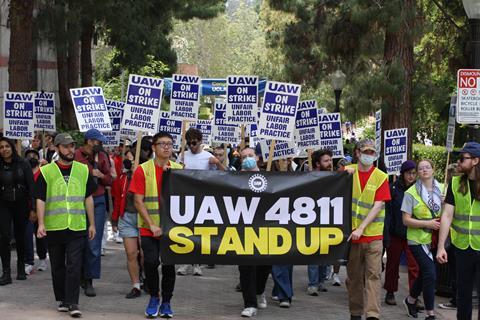
By forming unions through the UAW, graduate students, academic employees and postdocs can advocate for their needs. ‘We all face many of the same problems – from low pay to no benefits or unstable benefits, persistent sexual harassment, discrimination and assault on campus and poor treatment for international workers, just to name a few,’ states Rafael Jaime, a PhD student at the University of California, Los Angeles and president of a UAW chapter that represents 48,000 workers at the University of California.
Aside from pay, other benefits sought often include greater parental and caregiver support, such as family leave and childcare assistance, as well as stronger protections for international workers like paid leave for visa and immigration appointments, as well as safer working conditions.
What has fueled this movement?
‘The academic system has really subsisted off very low pay and people are tired of it,’ Creamer states. ‘We are the backbone of academic research within the US, and if people don’t want to be postdocs, aren’t paid enough to be postdocs, then the ability of the US to perform research is going to be greatly impacted.’ The strikes are demonstrating that dependence, he says.
Graduate student unionisation at UC was partly spurred by the difficult working conditions that researchers faced amid the Covid-19 pandemic, according to Jaime. ‘Right after everything was shut down, within two weeks a lot of these workers were called back into work,’ he recounts. ‘They did not have the protections they needed – there was a lot of uncertainty in the lab, and so they began to organise and within a year they were able to get a majority support for forming a union.’
The much-publicised wins by UC academics through UAW about two years ago further supercharged the movement at other universities.
When academic employees around the country were looking to unionise, there wasn’t a lot of support to be found at the bigger national and international unions, according to Creamer. But he says UAW’s leadership was more progressive and made a conscious decision to support academic workers.
Do both sides benefit?
‘UAW saw an opportunity in the early 2000s to increase its membership, which has been waning for quite some time, and that has paid dividends for them, and they’ve helped us immensely in exchange – it’s mutually beneficial,’ Creamer says.
Academic employees continue to bolster UAW’s numbers as more and more universities join the movement and, in return, they receive the backing of an extremely well-established union which has vast resources to help support them and their bargaining. This includes providing capital to help start new unions – UAW units – at universities, as well as legal advice. The dues also boost UAW strike assistance, which pays $500 per week to striking members and a strike fund that covers benefits like medical and prescription drugs. These resources enable academic workers to strike with confidence.
How rapidly has higher education unionised?
There has been a steady growth in separate bargaining units of postdoctoral scholars over the past two decades as the number of academic positions has increased, according to an analysis by the National Center for the Study of Collective Bargaining in Higher Education and the Professions at Hunter College in New York. In the last 12 years, there has been an explosion in new UAW units.
This has seen graduate student employee union representation increase by 133% since 2012, the centre reports. In January 2024, there were 10 bargaining units dedicated to postdocs with a total of nearly 11,500 employees and two academic research units with more than 6100 employees.
Currently, UAW represents more than 100,000 academic workers, and the UC system alone now has 48,000 UAW members, which outnumbers its members who work for the multinational automotive manufacturing conglomerate Stellantis, which owns Chrysler and Fiat.
What has been accomplished?
The wins from collective bargaining by student workers in the UC system inspired academic employees at other research institutions across the US. In June 2023, for example, student workers at the University of Washington ended a short-lived strike after negotiating raises of 28% for postdocs and 33% for research scientists and engineers. That was on top of enhanced childcare support and international worker protections.
Six months later, postdocs at Mount Sinai’s School of Medicine in New York City ratified a contract that provided immediate 24% raises on top of cost-of-living increases and six weeks of paid parental leave, following a 12-day strike.
More recently, academic student employees at Washington State University went on strike in January 2024 and quickly reached an agreement with the university’s administration that included a major pay increase for doctoral candidates.
What’s next?
Similar developments in other countries have followed the US’s lead. In Ireland, for example, the Postgraduate Workers Organisation threatened strikes in June 2023 over pay. The organisation emphasised at the time that strike action in the US had scored a number of victories.
The Canadian government also announced in April 2024 that graduate student scholarships would increase for the first time in more than two decades, following strikes and walk-outs by PhD students and postdoctoral researchers the previous year.
Beyond postdocs, academic student employees and graduate researchers, some suggest that non-tenure-track faculty might be next to unionise on a large scale in the US. Such faculty at Harvard voted overwhelmingly to unionise under UAW in April 2024 and non-tenure-track faculty at the University of Southern California are set to vote on whether or not to unionise.





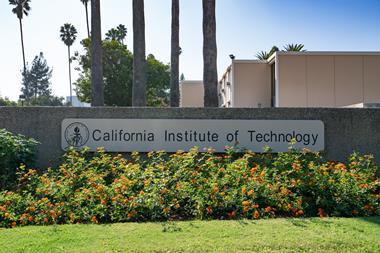
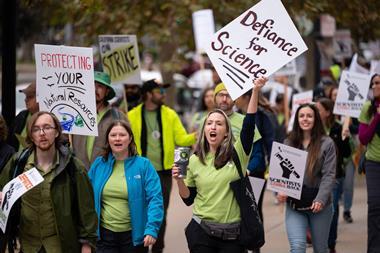
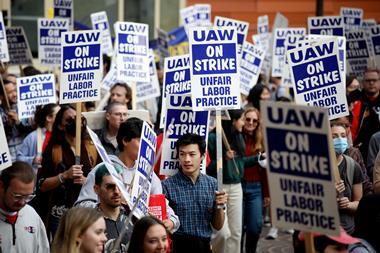
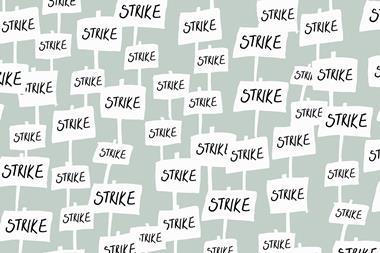






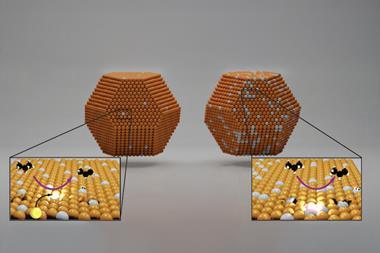

No comments yet